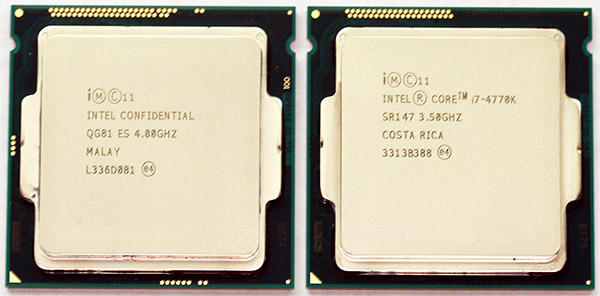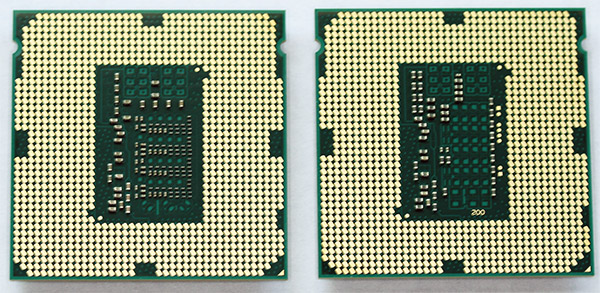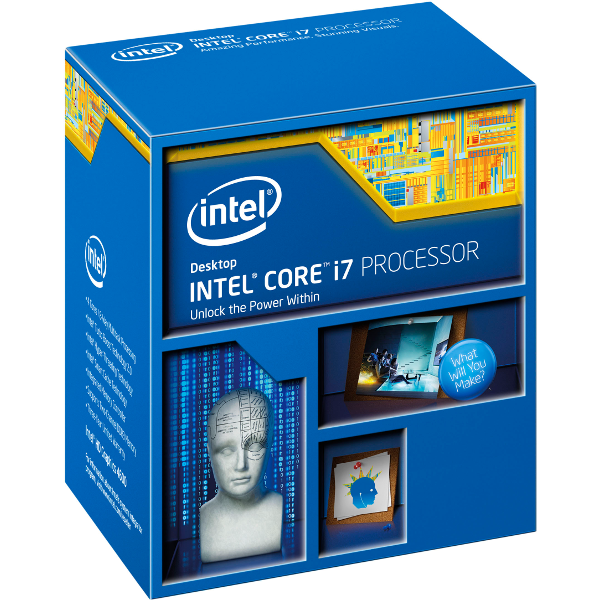Core i7-4790K Review: Devil's Canyon Tantalizes Enthusiasts
Despite a clear performance advantage, Intel just doesn't seem like an enthusiast-friendly company. Certain elements in the organization want to change that perception, though. Devil's Canyon is meant to allay power users with more speed.
Intel Core i7-4790K: Devil's Canyon Is For Enthusiasts
Man. I just realized almost one year has passed since I last wrote about Intel as a desktop processing company. And even then, the piece was Intel Core i7-4960X Review: Ivy Bridge-E, Benchmarked, about a slight evolution to a platform that launched nearly three years ago (X79 Express, in case your memory is rusty). That’s a pretty good indication of the extent that Intel was overlooking our enthusiast segment.
Actually, I’m not being entirely fair. Intel is running short on competition, after all. AMD's processor wing is really what's struggling to stay relevant amongst performance-hungry power users. As a result of the disappointing stagnation, I end up writing stories like The Core i7-4770K Review: Haswell Is Faster; Desktop Enthusiasts Yawn. In that piece, I was hard on the Core i7-4770K. The same went for my coverage of Core i7-3770K. Neither mainstream flagship gave you a compelling reason to upgrade. And it didn’t help that the shift from Z77 to Z87 to Z97 Express was pretty boring, too.
The good news is that Intel is listening.
Now I’m sitting here, in the lab, with the Core i7-4790K in front of me. As the CPU’s name suggests, this is still Haswell on an LGA 1150 interface. It’ll even drop into existing Z87-based motherboards, if your vendor of choice is being diligent about updating firmware. What’d Intel do to make the -4790K more enthusiast friendly, though?
Meet The Core i7-4790K
To begin, it addressed the one complaint that drove some power users and certain system builders to de-lid their CPUs: modest thermal transfer between the processor die and integrated heat spreader. We don’t know much about the “Next-Generation Polymer Thermal Interface Material” Intel is now using on its Devil’s Canyon parts. But we do know Intel worked uncharacteristically fast to implement it. In fact, the speed at which the company moved is cited as one of the reasons it couldn’t switch back to the solder that figured so prominently in Sandy Bridge overclocking successes.
The bottom of Core i7-4790K also features additional capacitors that Intel says help smooth power delivery to the processor die.
Those modifications come together, enabling a replacement for Core i7-4770K that drops into the same LGA 1150 interface. Vital specifications are very much similar; you get four physical cores able to address eight threads through HT technology, 8 MB of shared L3 cache, DDR3 memory support that officially tops out at 1600 MT/s, the same old HD Graphics 4600 engine, and a 16-lane PCI Express 3.0 controller.
Get Tom's Hardware's best news and in-depth reviews, straight to your inbox.
Core i7-4790K operates at a base 4 GHz, though, and, in stock form, accelerates up to 4.4 GHz through Turbo Boost technology. This pushes the processor’s thermal ceiling up to 88 W (from 84).
You can expect the Devil’s Canyon parts to work in 9-series motherboards. However, Intel says board vendors may also update the firmware on their 8-series platforms.
Current page: Intel Core i7-4790K: Devil's Canyon Is For Enthusiasts
Next Page Overclocking Core i7-4790K And TIM Performance-
NBSN Really nice read. I am very excited to see how well the i7-4790k performed, and that means in 2-3 years the CPUs that will be out are going to be amazing. It will be nice to start seeing stock clocked 4 GHz to 4.5 GHz Intel CPUs to better keep up with the AMD overclocking that many builders do. I prefer Intel and really feel that they offer the best performance for their CPUs.Reply
I built my PC at the end of last year, beginning of this one and went with a i7-4930k. I really wanted a six core processor and have not been disappointed. I have been itching to build another PC because it was really fun to put the plan of components together and although my hands were to big and my medical conditions prevented me from getting to do a lot of the building, my wife helped a lot with that part and it was nice to see the finished product in action. With that being said, I don't have a lot of money for anything right now and hope that my disability pay finally comes through so I can start picking together parts for a computer for my wife. She won't need anything as powerful as I have, and the i7-4790k sounds pretty sweet. -
BoredErica The average overclock based upon my Google Doc of about 185 overclocks now averages at 4.55ghz for Haswell. A tim change isn't going to gain an extra 200mhz and even then, it's being generous.Reply
On a side note, this website annoys me. I click to add comment and the default fields are for signing up, no logging in, and when I do, I am back to the homepage. Great. -
roymustang It would've been nice to show benchmarks and temps vs sandy bridge (2600K) at same frequency to help us gauge the progress (or the lack of) that's been made in the last three and a half years.Reply -
neon neophyte so one of their biggest selling points ended up resulting in a 6 degree difference.Reply
bring back solder intel. -
Amdlova nice improve :) please where i put my razor? no way 6ºc improve. my ambient temp hits 45ºc my old 3770k 4.6ghz hit 88ºc on core. with this "new shinning old tech" i can't hit the 4.2ghz. intel miss and miss Hard!Reply -
NBSN I think that the whole real point of releasing this new processor and the others to follow it is simple. Intel wants to offer a better stock clock for those that do not want to or do not know how to overclock their processor. And since AMD allows easier overclocking, or at least a whole lot more processors that can be overclocked than the ones that Intel specifies for their own products. This will help a lot of consumers decide Intel over AMD if they continue to offer comparative clocks.Reply -
ssdpro First problem: 6C between the old and new TIM is something, but not much. As one of the big improvement features, that is disappointing.Reply
Second problem: Why is Tom's using 1.275 V for 4200MHz on both units? Is that actually 1.275v with LLC disabled or is LLC on a setting resulting in the lowest load voltage? If one of those units need 1.275v to be stable at 4200 you have a real donkey sample on your hands. Even the worst i7-4770k are stable at 1.20v @ 4200. Or was the over voltage designed to test an unrealistic incompetent situation to either emphasize or DE-emphasize the TIM difference? -
Adroid Sorry, but I'm entirely unimpressed. Improved TIM is a waste of time. I thought this was going to release with fluxless solder. 6° worth the wait ? 6° is the difference between air cooling and water cooling.Reply
Voltage wall is still at the approximate same place. Heat is still the limiting factor. I expect some of the better binned 4670K will hit equal or better than the 4690K.
I'll stay with my 3570K @ 4.3ghz - this clearly isn't much of a step up. Looks like I'm waiting for a DDR4 system in a couple years.




